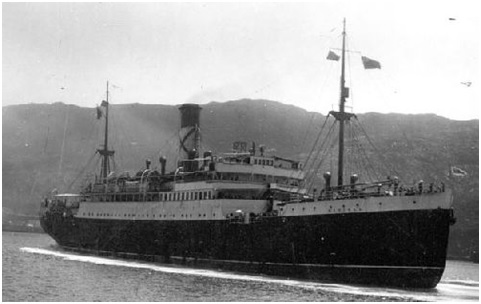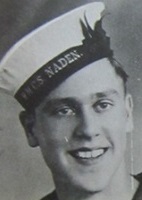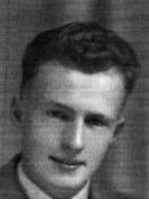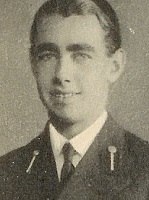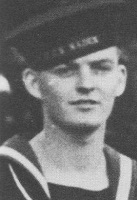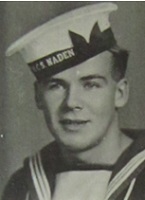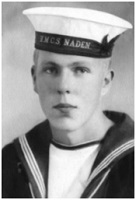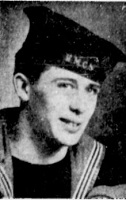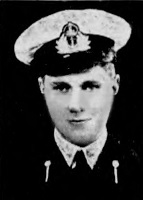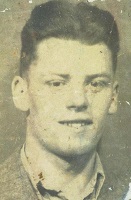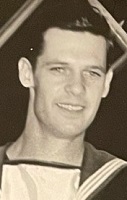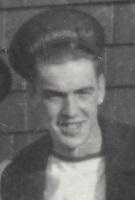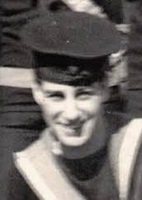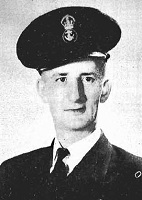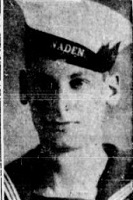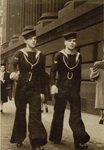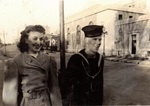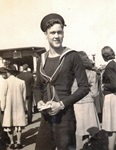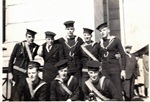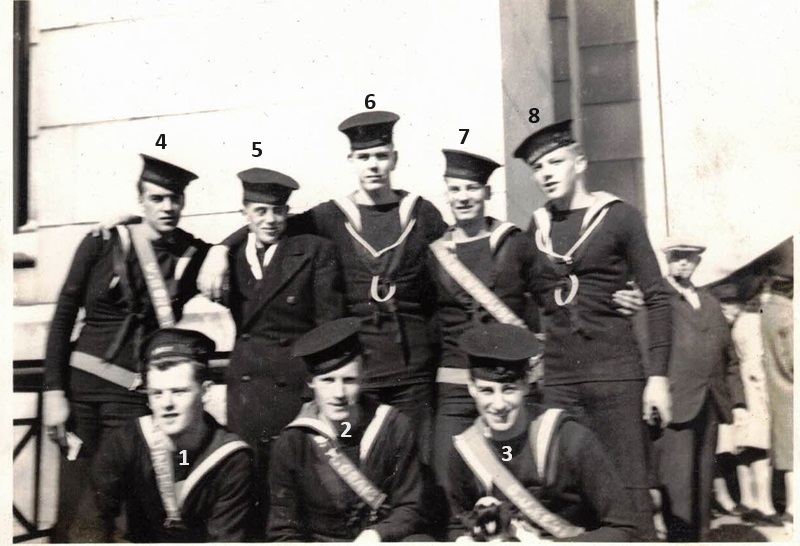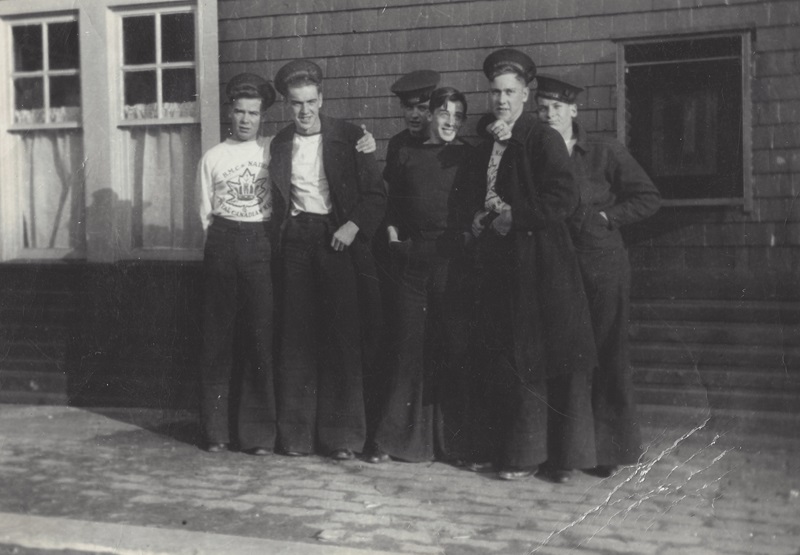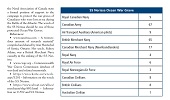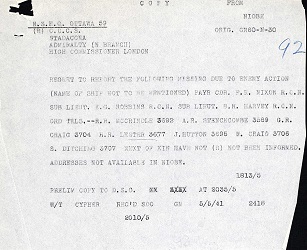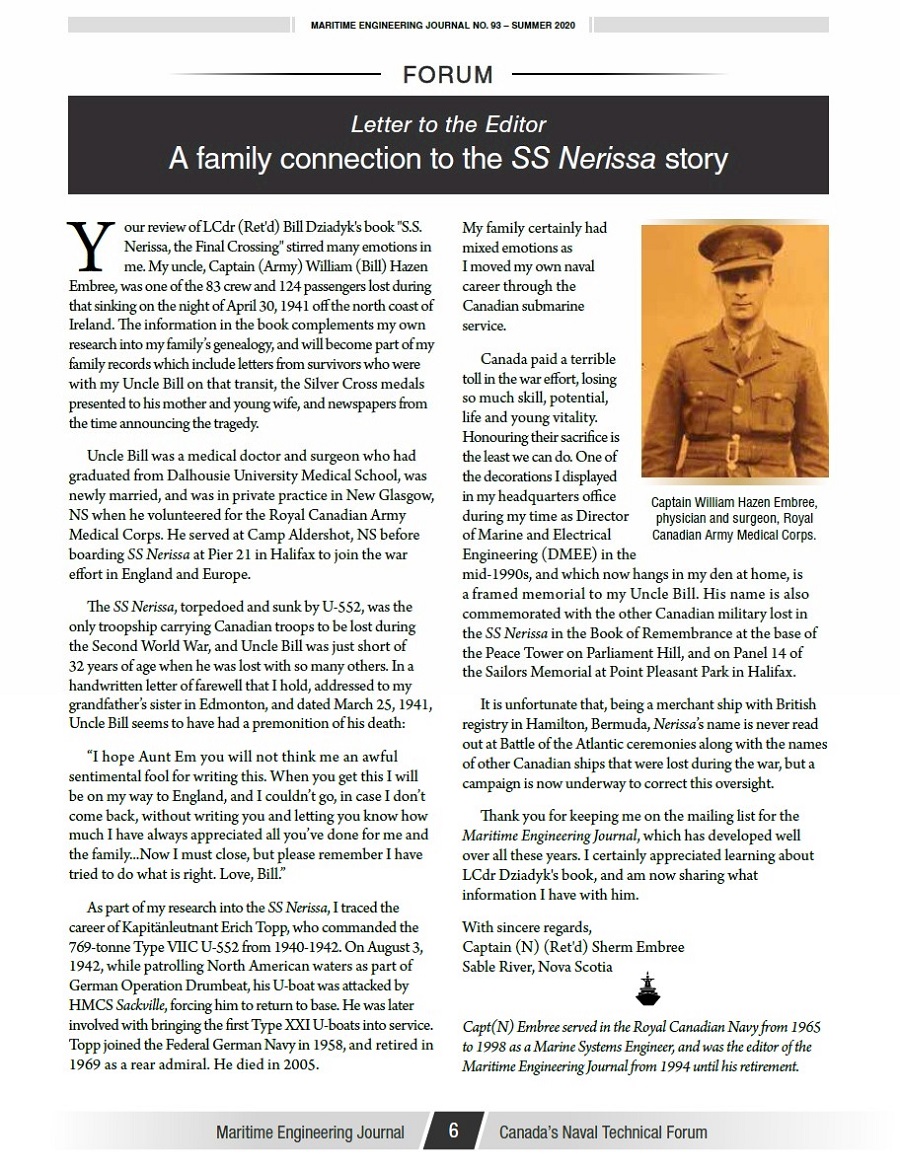|
S.S. NERISSA
Troopship
This page is not meant to be a comprehensive history of the S.S. Nerissa, but a record of sailors of the ROYAL CANADIAN NAVY who served in her, photos they took and stories they may have shared with their families.
Below is a summary of the sinking of the SS Nerissa's from the book SS NERISSA - The Final Crossing - submitted by the author, William Dziadyk
SS NERISSA - The Final Crossing
By April 1941, the troopship S.S. Nerissa had made a dozen wartime crossings of the North Atlantic. Her final crossing began on 21 April 1941 in Halifax. The Officer Commanding all embarked Canadian and Allied troops (O.C. Troops) was Lieutenant Colonel Kenneth Charles Burness, M.C. and Bar, PPCLI. Nerissa arrived in St. John’s Newfoundland at about 6:00 AM local time on Wednesday 23 April. Early on the 24rd, she sailed independently from St. John’s bound for Liverpool. A total of 291 persons were embarked:
At 21:40 GMT, Erich Topp, the commander of the surfaced U-552 (a type VIIC submarine), sighted a ship approaching from the north-west. For almost 2 hours, Topp stalked the zigzagging ship and adjusted his torpedo firing solution accordingly. Finally, Topp saw a phosphorescent glow on the sea and decided that 1,000 metres was as close as he should approach his target, and he fired a fan of three torpedoes "because of unsure shooting data". The U-552 log records that one of the three torpedoes “hit astern” at 00:27 Berlin Time (GMT+2). About 6 minutes later, Topp closed in on the already stricken ship and fired a fourth torpedo as a coup de grace into Nerissa’s aft starboard side while her crew and passengers were launching lifeboats.
The First Radio Officer was on duty when the first torpedo hit. Both the Second and Third Radio Officers rushed to the Wireless Cabin. They continually resent the distress signal with the ship’s SOS position. All three Marconi men perished with their sinking ship. When Nerissa sank to her ocean grave, the 4 small rafts (aka Carley floats) on the sun deck floated free. Only 6 of her 8 lifeboats escaped her grip: No. 1 capsized; No. 5 capsized; No. 6 upright but flooded; No. 7 upright and two other capsized lifeboats. These final two capsized lifeboats probably broke free as Nerissa sank beneath the surface. Two of her 4 large rafts also escaped her grip.
At 01:50 GMT 1 May, RAF Coastal Command (502 Squadron) Armstrong Whitworth Whitney patrol aircraft (call sign J/502 - JOHNIE-502) departed from RAF Lamavady, near Londonderry, in search of the Nerissa. The JOHNIE-502 aircraft arrived at the SOS position at 02:54 GMT and dropped flares and saw that HMS Veteran was already in the area. The aircraft commenced an anti-submarine search. It was not until three hours later, at 05:42, did the aircraft sight “six lifeboats and six rafts” which had been carried north by the Gulf Steam into its search area. The aircraft flew south to Veteran and visually signaled "Survivors of torpedoed ship 13 miles to north". (A position error in Nerissa’s repeated distress signals likely caused a delay of more than 3 hours in the rescue of the survivors and further tragic loss of life. The evidence suggests that the ship’s Dead Reckoning (DR) plot maintained in the Wireless Cabin had not been updated after the ship’s position was more accurately established by the Officer of the Watch’s celestial fix at 21:25 GMT. As a result, the SOS position included in the repeated transmitted distress message was incorrect by about 15.5 nautical miles north-west of the actual Sunk Position.)
At about 08:00 GMT, HMS Veteran was alongside the boats and rafts of the remaining survivors. Veteran didn't stop or put down lifeboats for fear of attack. She moved as slow as possible, put a scramble net down and urged survivors to climb aboard. However most Nerissa survivors were so cold and wasted that they had to be helped up the scramble nets. At 08:15 all remaining 84 survivors were picked up at position 56°15’N 10°20’W by Veteran. These survivors had spent ten deadly hours in or clinging to lifeboats and rafts before being rescued. HMS Hurricane provided anti-submarine support while HMS Veteran focused on rescuing the Nerissa survivors. Hurricane would have had difficulty in accommodating any of the Nerissa survivors given that she had not yet disembarked the 452 survivors from the S.S. City of Nagpur and the 3 survivors from the S.S. Henri Mory which were being cared for below decks. At about 18:30 GMT, the 84 survivors from the S.S. Nerissa were transferred to HMS Kingcup, a Flower-Class Corvette K-33, which took them to Londonderry.
-
66 British merchant navy;
Loss of the Nerissa - report dated 31 May 1941
S.S. Nerissa 31 Mar 1926 - 230 Apr 1941 - This website is a collection of pages dedicated to the men and women who lost their lives on the S.S. NERISSA on April 30, 1941 by Ann Hentschel
The Atlantic Northwesterlies (Addendum to S.S. Nerissa, The Final Crossing) by William Dziadyk Lieutenant Commander, R.C.N. (retired). This Addendum is an extract from the book and is not meant to be a stand-alone document. The book S.S. Nerissa, The Final Crossing provides the historical context and details of the sinking and the tragic loss of life.
For additional information on the casualties of the Nerissa, in particular those that wash ashore in Ireland, visit the website of Anthony Hickey - The Tides of War page 5. For the full "The Tides of War" article - click here. For other articles by Anthony Hickey you can visit his home page.
They shall not be forgotten
(s) - survived the sinking of SS NERISSA
Photos and Documents
(RR03) Sig Robert Rowan (left) and Tel Stuart Kitching. Tel Kitching lost his life in the sinking of the SS NERISSA on 01 May 1941 (RR04) Tel Stuart Kitching with his girlfriend (RR05) Tel Gordon R. Craig. Tel Craig lost his life in the sinking of the SS NERISSA on 01 May 1941 (RR06) Sig Robert Rowan (standing, 1st on right) with his friends. The seven Telegraphists were all from the same course of 12 that boarded NERISSA - some of who lost their lives in the sinking. See numbered photo below.
(1) Stinchcomb, Author Roland (MPK) (2) Craig, Gordon Robert (MPK) (3) Kent, Charles Jules (survivor) (4) Craig, Wilson Henry (MPK) (5) McCrindle, Robert R. (MPK) (6) not identified (7) Newhouse, John Stanley (Survivor) (8) Rowan, Robert Rowan, O/Sig (did not sail on Nerissa) From the collection of Yeoman of Signals Robert Rowan, RCN Courtesy of Ken Rowan
Six Ordinary Tels, classmates of O/Tel Arnold McKay, taking a Stand-easy at HMCS NADEN - 1940 L-R: Stuart Kitching; Bill Coropka; Jim Hutton; Rob McCrindle; Wilson Craig; and John Newhouse From the collection of Petty Officer First Class Graham Alexander McKay, RCN Courtesy of Arnold McKay
Nerissa - the Forgotten War Grave by Bill Dziadyk, LCdr, RCN, ret'd
Source: The Naval Association of Canada Spring 2018 Starshell Magazine
Naval message from HMCS NIOBE on the 10 RCN casualties from S.S. NERISSA
|

